I’ve taken so many trips for work and pleasure, but only one has felt like stepping through time — not metaphorically, but physically. Being aboard the Belmond Royal Scotsman train in Scotland isn’t just travel; it’s immersion. You don’t pass through the Highlands so much as become part of them. It’s part Gilded Age fantasy, part Highland pilgrimage, and entirely unforgettable.
From the moment I arrived at Edinburgh Waverley Station, where the majestic maroon train waited, it felt different. A bagpiper played as we gathered on the platform, most of us smiling in disbelief that this was real. We were the tourist attraction — other people in the station looked on, taking photos. Within minutes, I’d been ushered aboard, handed a glass of Champagne, and introduced to the rhythm of the rails that would carry me through Scotland’s most cinematic and often untouched corners, by green hills, lochs, and too many sheep to count.
A Journey Without Rush
Travel by train invites slowness. The Royal Scotsman, however, makes it feel intentional. The carriages, polished to a sheen, date back to the 1960s and have been reimagined with mahogany paneling, antique brass fixtures, and plaid wool everything. At the end of each season, they pull everything out to refresh, but nothing feels fussy or contrived.
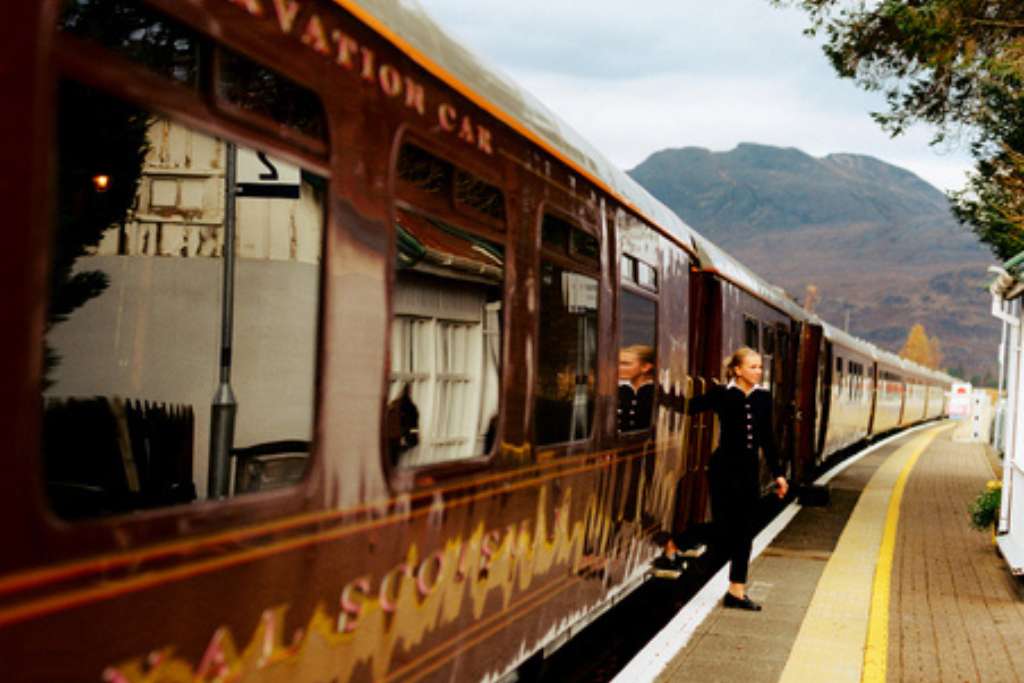
I didn’t spend much time in my cabin, truthfully. The real life of the Royal Scotsman happens elsewhere — in the hum of the two dining cars, Raven and Swift, or in the Observation Car, where the rows of windows frame landscapes. There’s a whisky cart (of course) with a very liberal help-yourself mindset. There’s also an open platform at the rear with blankets handy if needed before stepping outside. Mornings often started there, coffee in hand, watching the world glide by.
We rolled north through landscapes that I swear only existed in neat description — where every color seems to have been washed in rain and sharpened by wind. I took too many photos in hopes that I would come back and paint every landscape I saw. The Highlands are green, gray, blue, and gold all at once. Hills rise and fall like breath. Sheep dot the pastures like punctuation marks, and the occasional Highland coo (that’s how they say it, with a long “oo” and a grin) are perfectly placed as if paid to complete the scene.

Worth Stopping For
The Royal Scotsman doesn’t race to its destinations — it lets the journey set the pace. Our first stop was the Glenmorangie distillery, a name that feels almost synonymous with Scotland itself. There’s something satisfying about sipping a wee dram of whisky in the place it’s born — peat, oak, and history all mingling in a way that no tasting room elsewhere could replicate. We meandered in the Glenmorangie House in Tain, had tea and some light bites before heading over to the distillery. Once there, we toured the stillhouse, watched the slow rhythm of distillation, and learned how the air itself seems to shape the whisky. It was hands-on without feeling staged — quiet, precise, and full of small, human details. Our guide spoke about aging barrels as if they were family members (many of whom are Southern, apparently, coming from Kentucky), each with its own unique temperament.
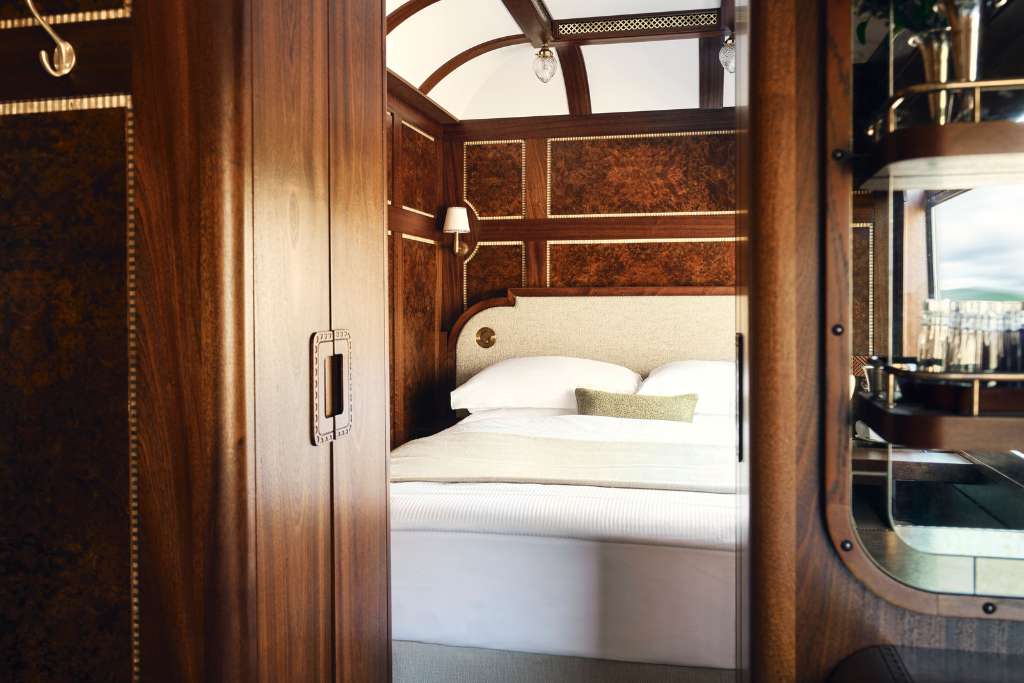
The next day, we headed toward Strathisla in Keith, one of the oldest distilleries in the Highlands and one of the most beautiful. It felt like stepping into a period drama — ivy on stone, smoke curling from a chimney, the faint sound of water nearby. By the time our tour concluded, I’d been fully converted — officially declared a Sherryhead (since I prefer whisky aged in sherry casks), the kind of person who now had strong opinions about cask finishes and aging notes. It’s impossible not to when you’re standing in a place that’s been perfecting the same craft for centuries.
Then there was St Andrews — the pilgrimage site for anyone with even a passing interest in golf or history, which in Scotland are often the same thing. We wandered through cobbled streets where every doorway seemed to carry a story — and often that story was “Where Will met Kate.” But there was plenty more here than a royal relationship. It was a poignant place during the wars for Scottish independence.
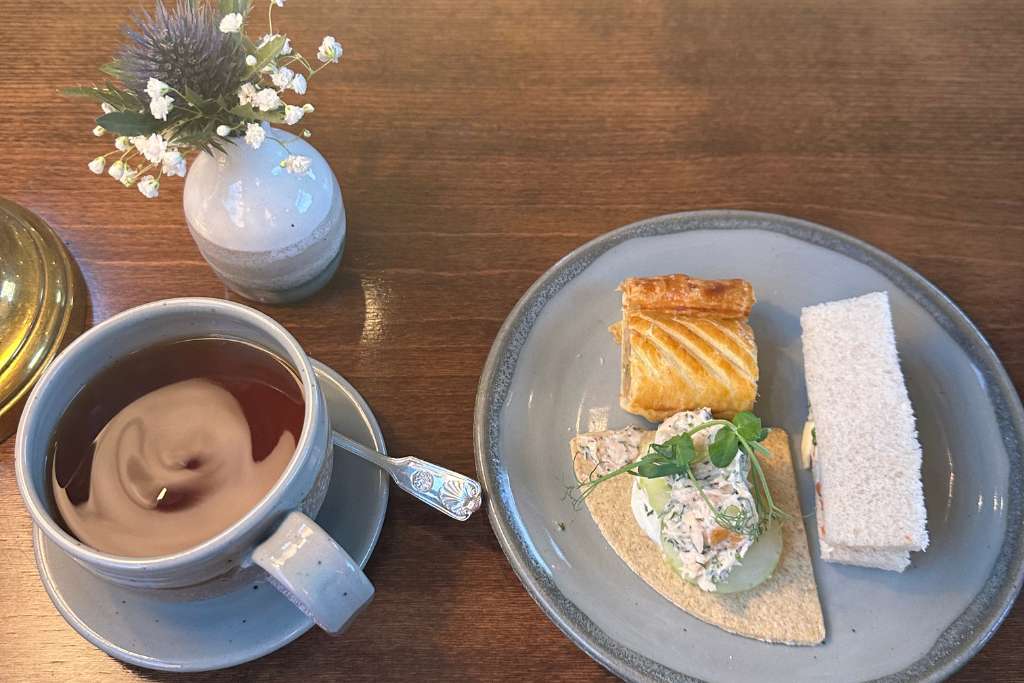
But the stop that captured me most wasn’t in any brochure — it was Campbells of Beauly, a family-run tailor and outfitter that has been dressing Highlanders (and royals — it has two Royal Warrants of Appointment) since 1858. Inside, bolts of tweed lined the walls, each one with a weight and pattern specific to clan or occasion. The owner spoke with the kind of pride that makes you believe there are still crafts in this world worth dedicating your life to. I left with a throw blanket and a sweater that still smells faintly of wool and woodsmoke, and a bottle of their own branded whisky.
The Art of Pairing: Whisky, Tweed, and Wool
Somewhere between Glenmorangie’s honeyed finish and the hum of looms in Beauly, it dawned on me that there is truly no other place on earth where these worlds intersect: whisky, tweed, and wool — Scotland’s holy trinity of craft. Belmond has built an itinerary that doesn’t just show them to you, it quite literally threads them together.

One morning, we toured a distillery; that same afternoon, we stepped into a workshop where those who spin wool and cut cloth have done so for generations. Both places shared a rhythm and a history. Whether you’re tasting a single malt or running your hand across freshly pressed tweed, you’re engaging with a culture that values process as much as perfection.
It’s shopping, yes, but not in the way of boutiques or brands. It’s discovery — a conversation with artisans whose work outlasts fashion cycles and marketing trends. And somehow, aboard this train, Belmond turns it into a seamless narrative. A tasting becomes a history lesson. A scarf becomes a souvenir of a deeper historical experience. It’s the only place in the world where you can toast craftsmanship with a dram, then wear it on your sleeve.
Life Onboard
Days aboard the Royal Scotsman unfold like chapters. Breakfast is served on white linen with silver cutlery — eggs from a nearby farm, porridge made to order, kippers if you want them (and you should). Lunch might be smoked salmon, always paired with vegetables that make you rethink what “local” really means when the nearest farm is miles away. Every meal is three courses, and you’re never hungry, though you always want more.

The culinary team on board is exceptional. I’m not an easy traveler when it comes to food — I have severe allergies, and most hotels default to warning me about “traces” or cross-contamination. I appreciate the caution, but it often feels like the burden is mine to manage. On the train, it was different. There were no disclaimers or worried faces. From day one, dishes appeared effortlessly, and each time a quiet voice (thank you, Ellie) would lean in before moving on to the next guest: “It’s all fine for you.” And it always was.
Dinner, though, is theatre. Men wear jackets; women wear what makes them feel elegant (for me, it was a velvet gown and mesh opera gloves). The dining car hums softly with conversation and the sound of cutlery meeting porcelain. One night, I had roast lamb so tender it barely remembered the knife. Another evening, it was scallops with cauliflower purée and whisky butter. The sommelier paired each course with quiet confidence, and I can still recall the exact taste of a Bordeaux that matched the view outside: dark, complex, and a little wild.
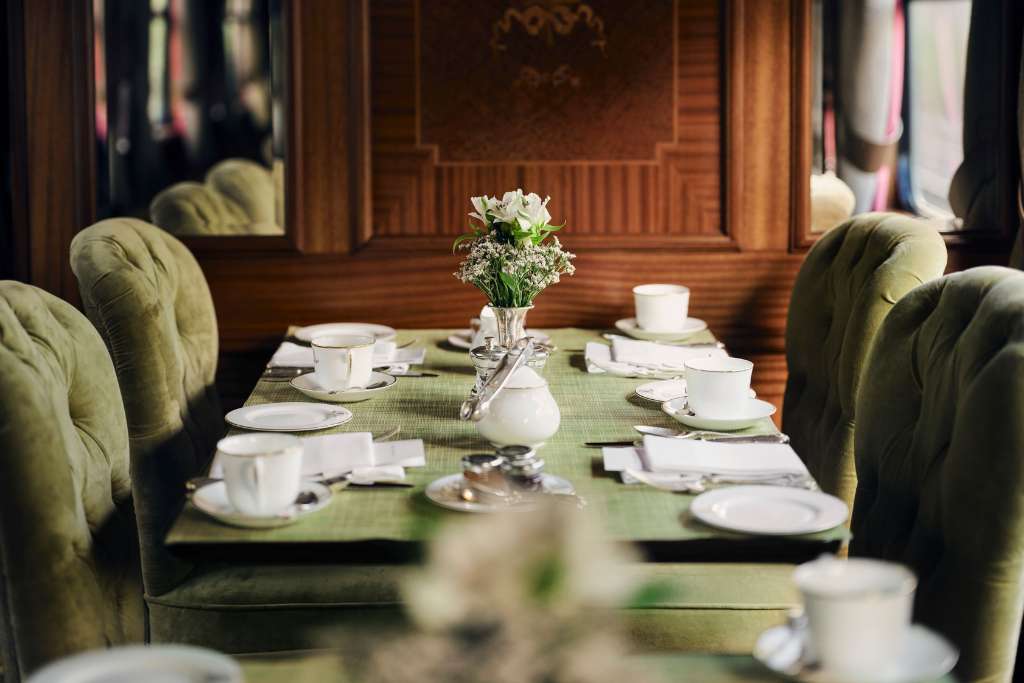
Before and after dinner, the Observation Car becomes the living room you wish you had at home. There’s soft laughter, canapés, and whisky and Champagne that seem to pour themselves — a rolling rendition of Be Our Guest, if ever there was one. Someone inevitably begins telling stories — of whiskies to try, ancestors long gone, of Scotland’s impossible beauty. The train sways slightly, as if agreeing.
The Unreachable Scotland
The Royal Scotsman travels a network of private rail lines that cut through regions cars can’t reach. There are moments when you look out and realize there’s not another human for miles — just lochs reflecting the sky and hills that seem older than reason. It’s Scotland unfiltered, the way poets, painters, and people must have seen it centuries ago.
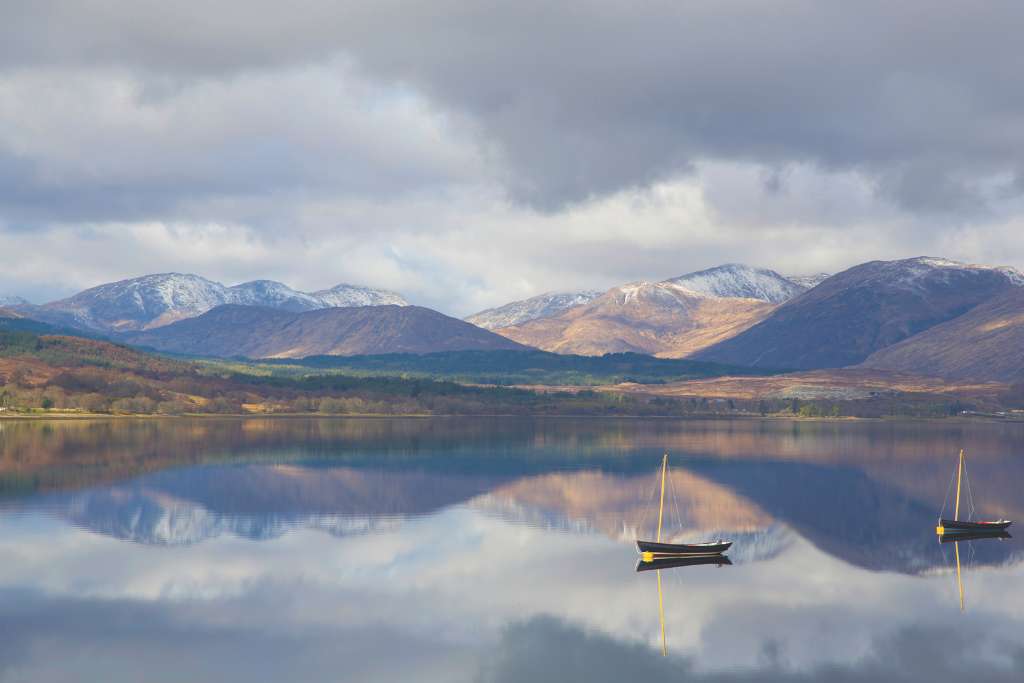
I remember standing at the rear of the train one morning, coffee in hand, watching the landscape in slow motion. The light changed every second. I thought about how few places allow you to see so much and do so little, and how doing so little could feel like such abundance.
The train stopped at one point in the middle of nowhere, probably to allow us to step outside and capture photos. The air was cold and perfect, and smelled fresher than anywhere else I’d been. A steward appeared as if by magic, offering hot tea and shortbread. I thought, absurdly, this is what perfect service feels like — invisible until the moment you need it.
Service at Its Peak
It’s almost unfair to call what happens on board “service.” There’s an art to their awareness — present but never hovering, anticipatory without intrusion. The bar steward remembered my preferred Champagne after the first night. They remembered which snacks I liked the most and dropped them off without hesitation. It’s not just hospitality; it’s choreography.
What Belmond has mastered here is the alchemy of old-world ritual and contemporary ease. The experience feels polished yet human. When people say luxury is about attention to detail, this is what they mean — not monogrammed napkins or branded slippers, but thoughtfulness so precise it feels psychic.

Somewhere between Inverness and Keith, it occurred to me that this was the first trip in years where I’d felt no urge to check my phone. The outside world — news, emails, the constant scroll — evaporated somewhere beyond the first bend of track. And I wish I could blame it on the lack of WiFi, but that was also very present without issue. But if you wanted to detach, you could, and I did.
It’s easy to romanticize travel, but this was something else. It wasn’t escapism for the sake of vanity, it was immersion. The Royal Scotsman isn’t trying to impress you with speed or spectacle. Its magic lies in restraint — in the pauses, the silences, the soft light through the carriage windows.
The Scotland That Stays With You
By the time we returned to Edinburgh, I understood why people call this journey life changing. Not because anything dramatic happens, but because everything feels calibrated to make you notice. When the train pulled into Waverley Station, it was raining again — of course it was. The staff lined up to say goodbye, each one using my name as if it were the most natural thing.
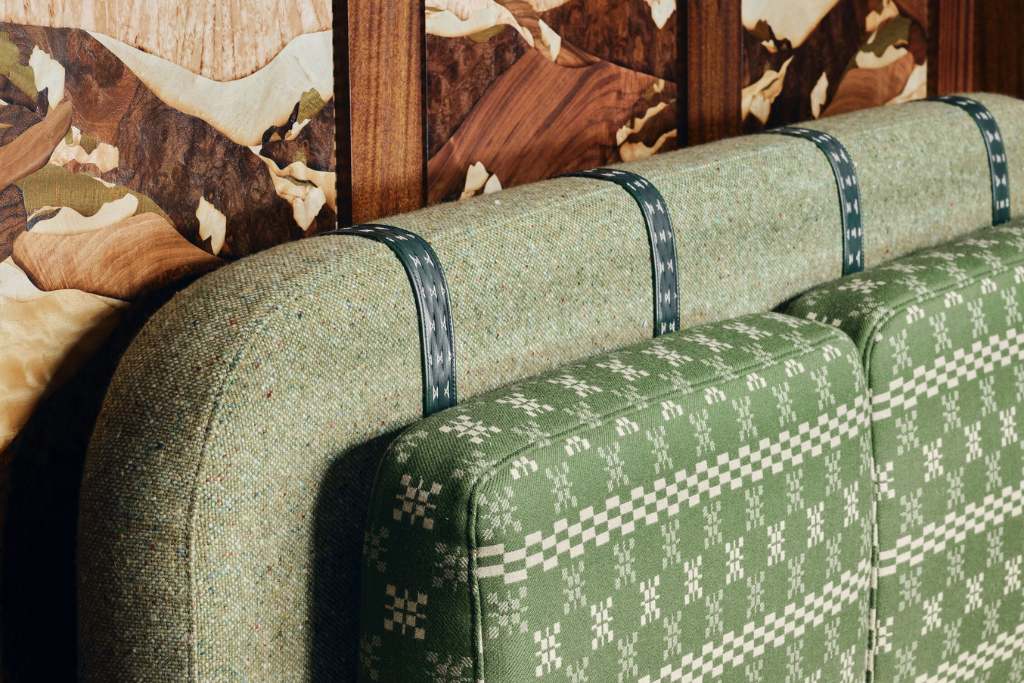
People ask if the Royal Scotsman is worth it. The answer depends on what you’re measuring. If you’re counting miles, probably not — there are faster, cheaper ways to see Scotland. But if you’re measuring moments — real, textured, goosebump-making moments — then it’s priceless.
There’s a reason this train endures. In a world obsessed with efficiency, it dares to be deliberate. It reminds you that the journey is the destination. It redefines what it means to travel well.
Featured image courtesy, Ludovic Balay







